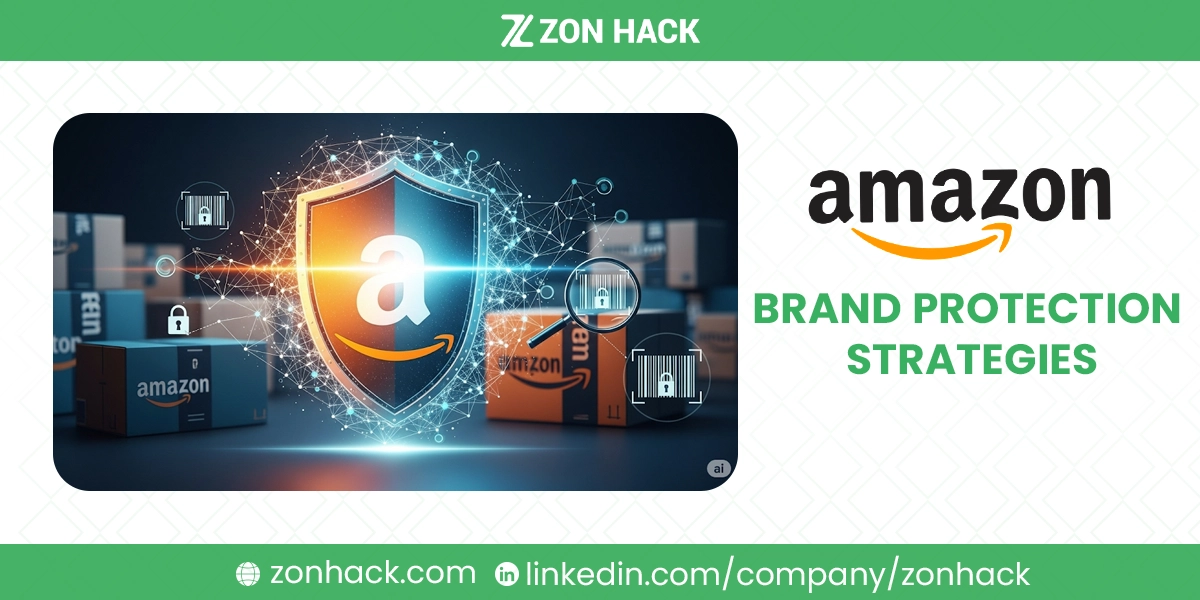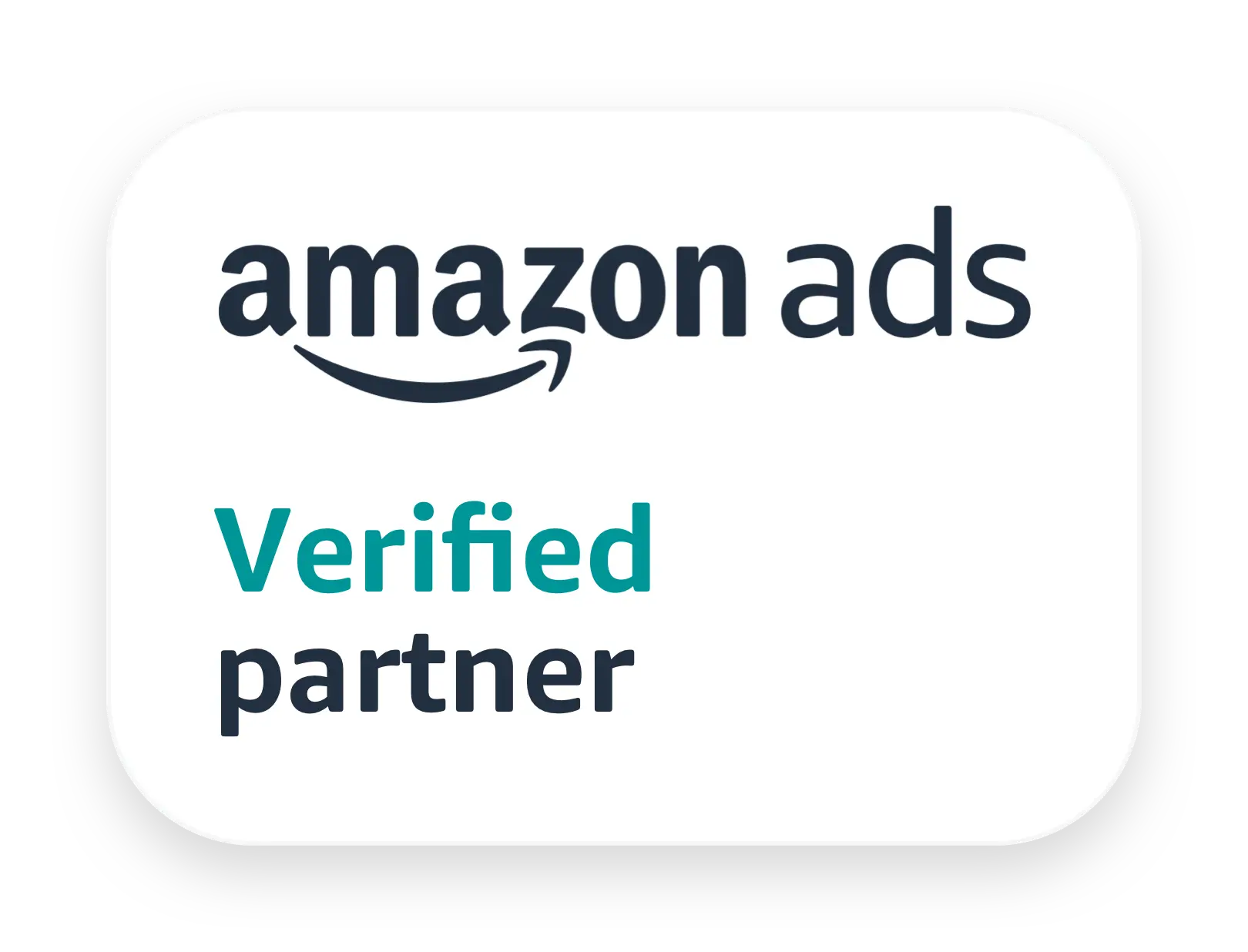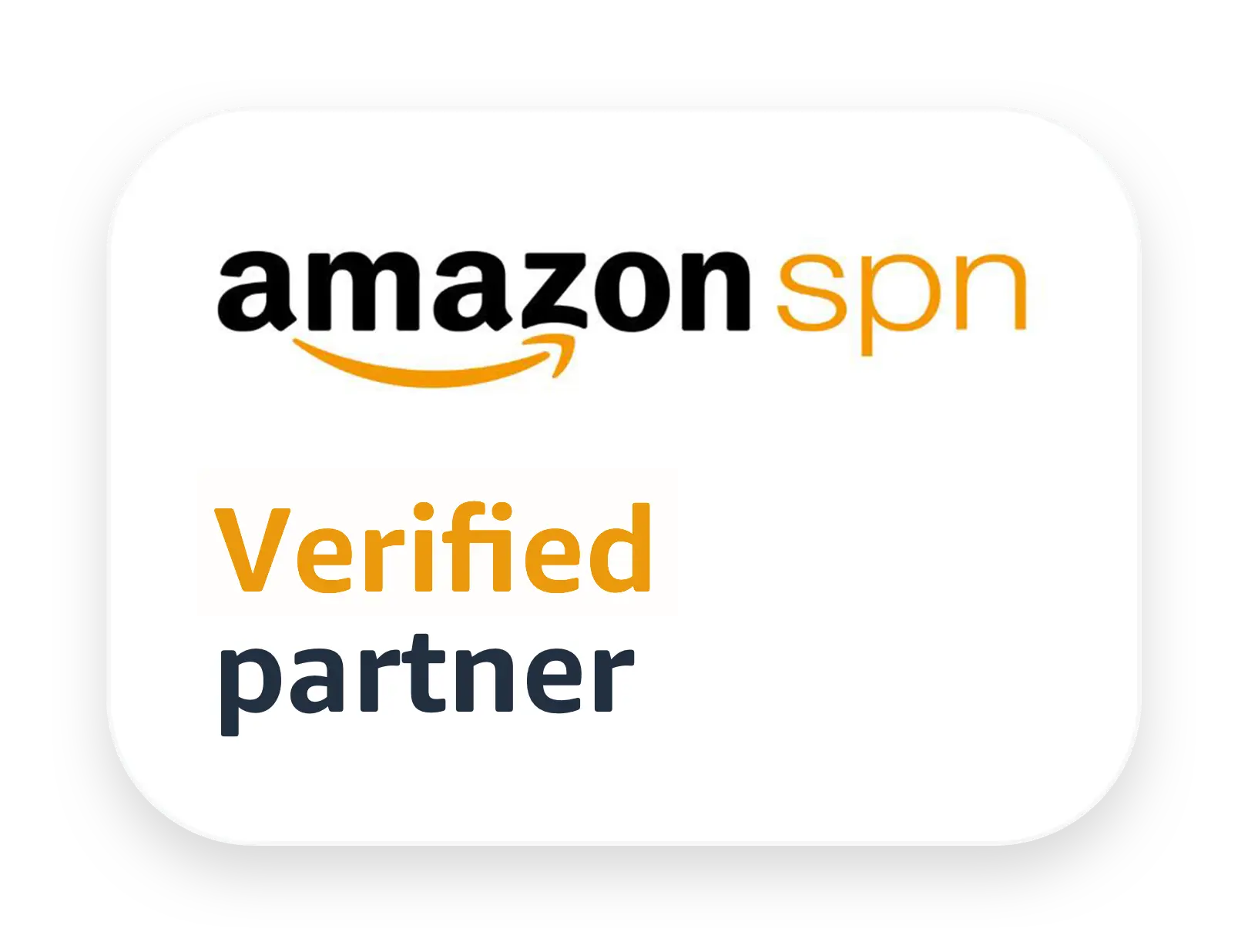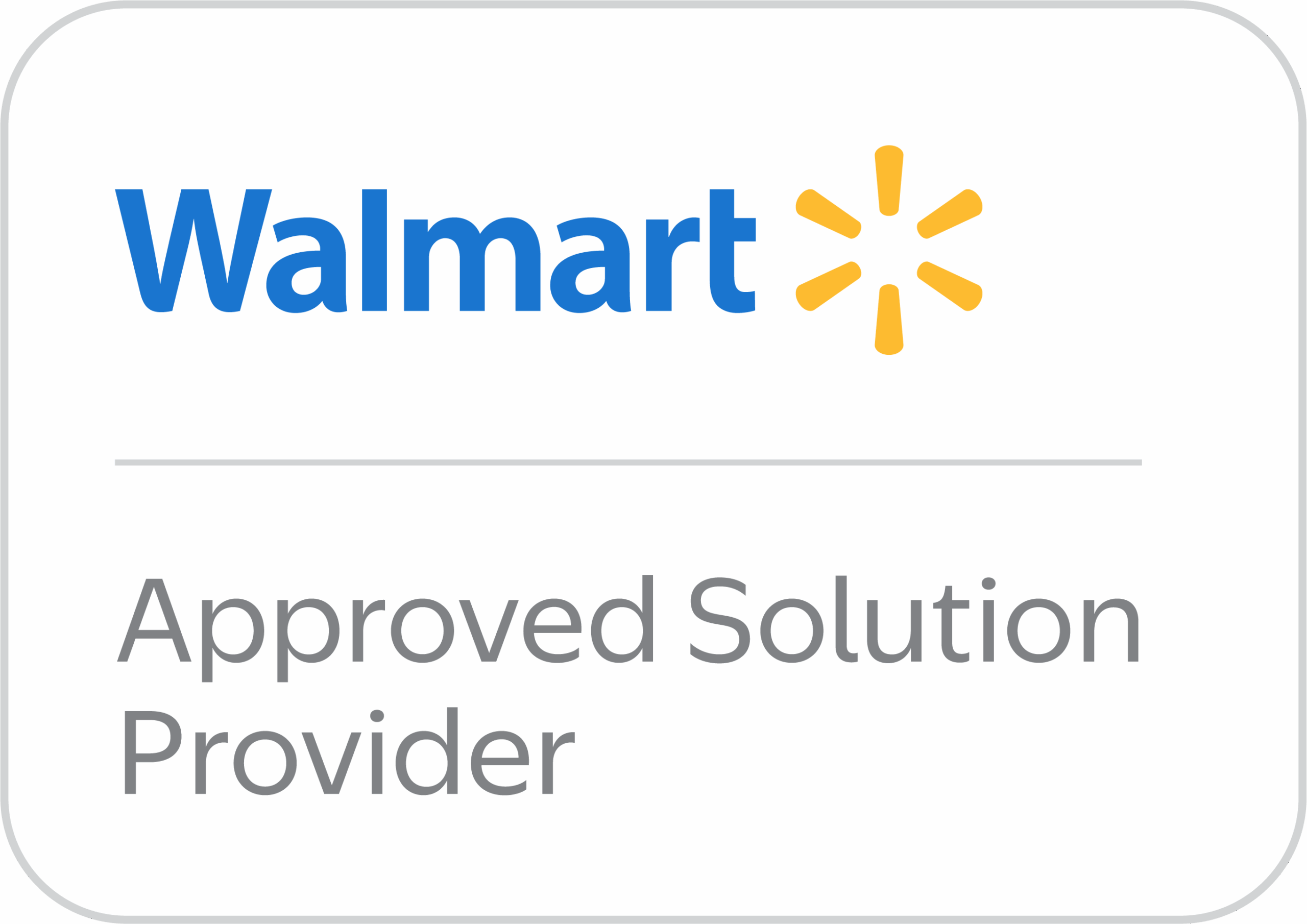Selling on Amazon is exciting. But it’s not always sunshine and easy sales. As your brand grows, so do the risks. Counterfeiters, unauthorized sellers, and price slashers can damage your reputation and eat into your profits.
That’s why protecting your brand isn’t optional — it’s essential. In this guide, I’ll walk you through proven Amazon brand protection strategies. From securing trademarks to controlling your product listings, you’ll learn how to keep your brand safe and your customers happy.
Enroll in Amazon Brand Registry
The Amazon Brand Registry is the first and most crucial step in defending your brand. It’s like getting a VIP pass to the Amazon security team. By enrolling, you gain access to a powerful suite of tools designed to help you protect your intellectual property and control your product listings. This is your foundation. Without it, you are basically playing defense with one hand tied behind your back. It gives you the power to fight against counterfeiters and unauthorized sellers.
To qualify for this fantastic program, you need a registered trademark. This is a must-have. You will also need a branded website and product packaging that clearly displays your brand name. If you’re still in the process of getting a trademark, Amazon’s IP Accelerator program can help you speed things up. It connects you with a network of trusted intellectual property law firms. Once you’re in, you can use tools like A+ Content to make your product pages shine. You also get a Brand Store, which is like your own little corner of Amazon. But most importantly, you can use the “Report a Violation” tool to get rid of those pesky infringing listings quickly and efficiently. It’s all about taking charge and being proactive.
Establish Authorized Reseller Programs
Controlling your distribution is a huge part of brand protection. Think of it this way: you wouldn’t let just anyone sell your products, would you? An authorized reseller program is a formal agreement with a small number of trusted partners. These are the people you can count on to represent your brand well.
When you partner with authorized resellers, you can be sure they will follow your rules. This includes sticking to your pricing policies, like the Minimum Advertised Price (MAP) policy. MAP policies prevent sellers from undercutting your prices and devaluing your brand. It also ensures a consistent customer experience. They know your brand guidelines and will maintain a high standard of service. This helps prevent the price wars that can hurt your brand’s reputation and bottom line. A strong network of authorized resellers helps you maintain control over your product’s journey from your hands to the customer’s.
Implement Proactive Monitoring and Reporting
Waiting for a problem to appear is a losing game. It’s much better to be on the lookout for trouble before it happens. Proactive monitoring means regularly scanning the Amazon marketplace for anything that looks suspicious. This includes unauthorized sellers, counterfeit listings, or listings that use your brand name or images without permission.
You can use automated monitoring tools to do the heavy lifting for you. These tools can scan listings 24/7 and alert you to potential issues. Once you spot a violation, you need to act fast. Amazon has a “Report a Violation” tool within the Brand Registry that makes this easy. The sooner you report an infringing listing, the sooner Amazon can take it down. This swift action is key to preventing lost sales and protecting your brand’s image. Staying on top of things shows you are serious about protecting your brand. It also sends a message to bad actors that you are watching.
Utilize Amazon Brand Gating
Wouldn’t it be great if you could just lock the door to your store and only let in people you trust? That is pretty much what Amazon Brand Gating does. This powerful tool restricts who can sell your products on the platform. It makes it much harder for unauthorized sellers to list your items.
With Brand Gating, third-party sellers must provide proof of authorization from you to list your products. This might include invoices from a verified supplier or a letter of authorization from your brand. It adds an extra layer of protection, making it a pain for rogue sellers to get a foothold. By reducing the number of unverified sellers, you can better control your pricing and brand integrity. It’s a fantastic way to keep your product listings clean and free from counterfeit goods. It’s all about making it difficult for the wrong people to sell your stuff.
Use Amazon Project Zero
Project Zero is a game changer for brand protection. It takes the power of fighting counterfeits and puts it directly in your hands. This program allows brand owners to remove counterfeit listings on their own, without needing to go through Amazon’s reporting process. It is a massive time-saver and incredibly effective.
Project Zero is based on Amazon’s automated machine learning system. You provide Amazon with information about your brand and intellectual property. The system then uses this data to automatically detect and remove suspected counterfeits. As a brand owner, you can also manually remove listings that you identify as fake. This direct power to remove listings is a huge advantage. It significantly reduces the time it takes to get rid of fake products and protects your customers from getting a bad experience. Think of it as having a direct button to eliminate counterfeiters.
Implement Transparency Codes
How do you make sure a customer is getting a real product and not a fake one? With Transparency codes, you can give your customers the ability to check for themselves. These unique product identifiers are like a digital fingerprint for each of your products. You apply them to your packaging.
When a customer receives their product, they can use the Amazon Shopping app to scan the code. The app will then tell them if the product is authentic or not. This simple step can go a long way in building customer trust. It also provides supply chain visibility, helping you track where your products are going. Even better, counterfeiters can’t replicate these codes easily. If they try to list a product with a fake code, Amazon will block it. Transparency is a powerful tool that not only fights fakes but also makes your brand look trustworthy and reliable.
Maintain Pricing Integrity
Your brand’s value is not just about the product itself. It is also about its price. When unauthorized sellers start undercutting your prices, it can cause a lot of damage. It can make your brand look cheap and can hurt your relationship with authorized resellers who are playing by the rules.
This is where a well-enforced Minimum Advertised Price (MAP) policy comes in. You need to monitor your pricing across all sales channels, not just Amazon. This includes other marketplaces and even your own website. If you see someone selling your product below the MAP, you need to take action. This might mean sending them a warning or, in severe cases, cutting them off as a seller. Maintaining pricing integrity is crucial for protecting your brand’s reputation and its long-term value. It shows that your product is worth what you say it is.
Trademark Protection and Legal Enforcement
At the heart of all these strategies is your intellectual property. Your trademarks are your most valuable assets. You should register your trademarks in all the countries where you plan to sell. Amazon’s brand protection policies are only effective if your trademarks are properly registered.
For more complex intellectual property issues, you might need to go beyond Amazon’s tools. This could involve design patents or copyright documentation. Sometimes, you might even need to get legal help. For instance, if a company is using your brand name in their domain or social media handles, you will need legal action to stop them. Protecting your brand legally is a must. It’s the ultimate line of defense for your business and its identity. It ensures that no one can steal the brand you worked so hard to build.
Conclusion
Protecting your brand on Amazon is a journey, not a single task. It requires a combination of proactive strategies and a commitment to staying vigilant. From enrolling in Brand Registry and using tools like Project Zero, to establishing strong legal foundations, you are building a fortress around your brand. These efforts not only safeguard your products from counterfeiters but also build customer trust and preserve your brand’s reputation and value.




